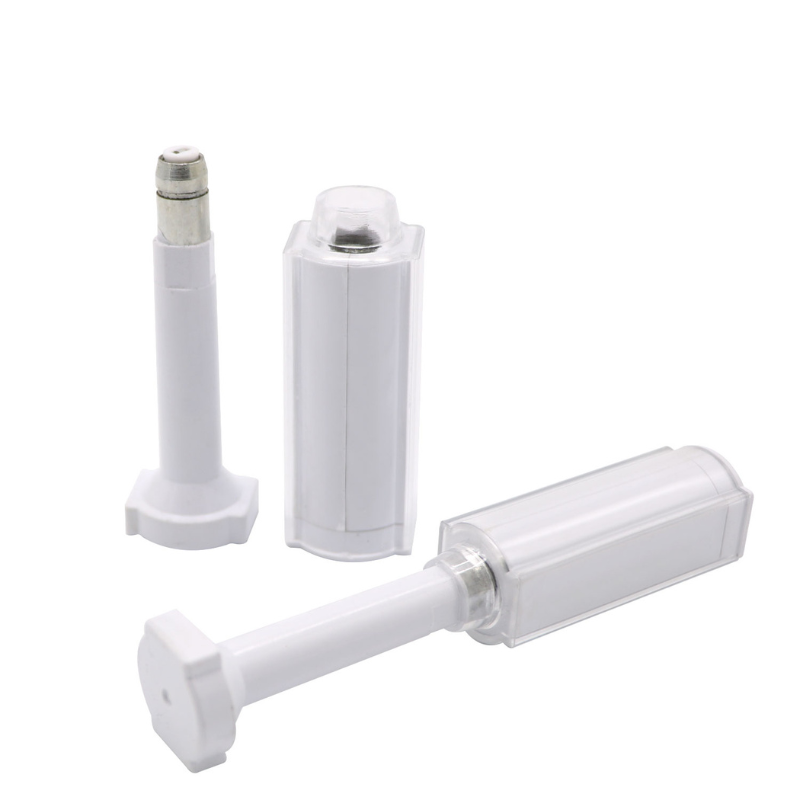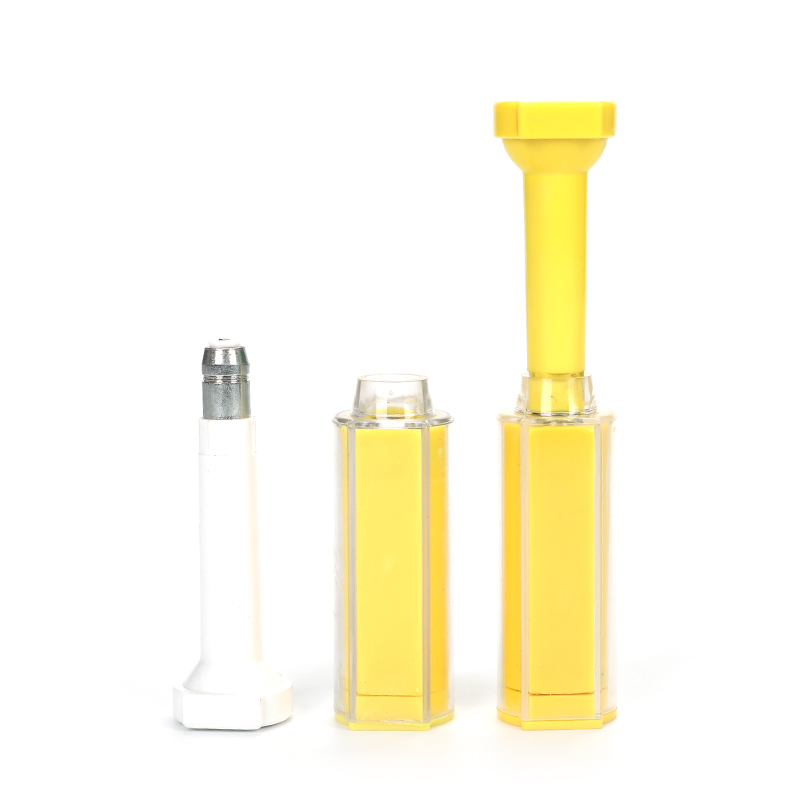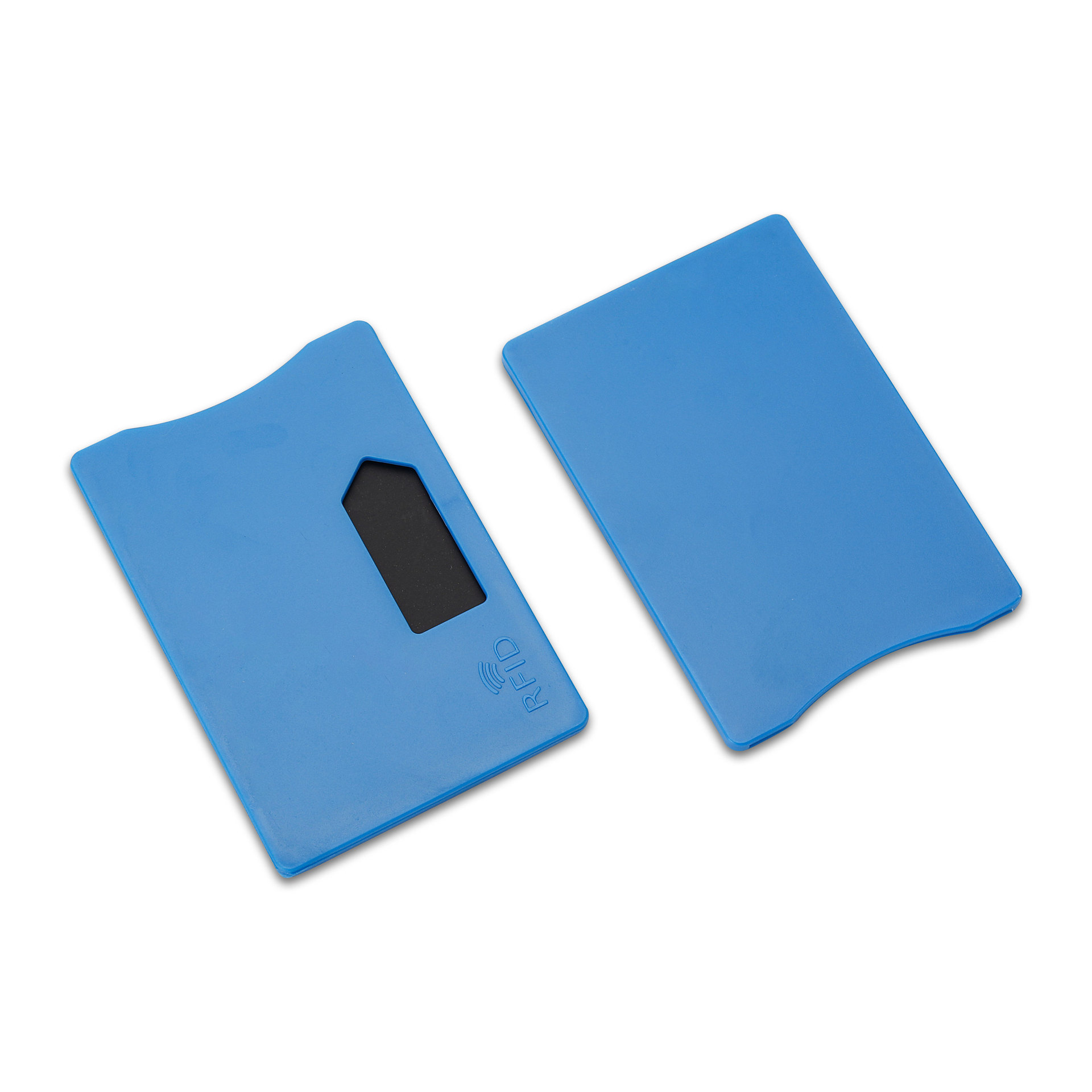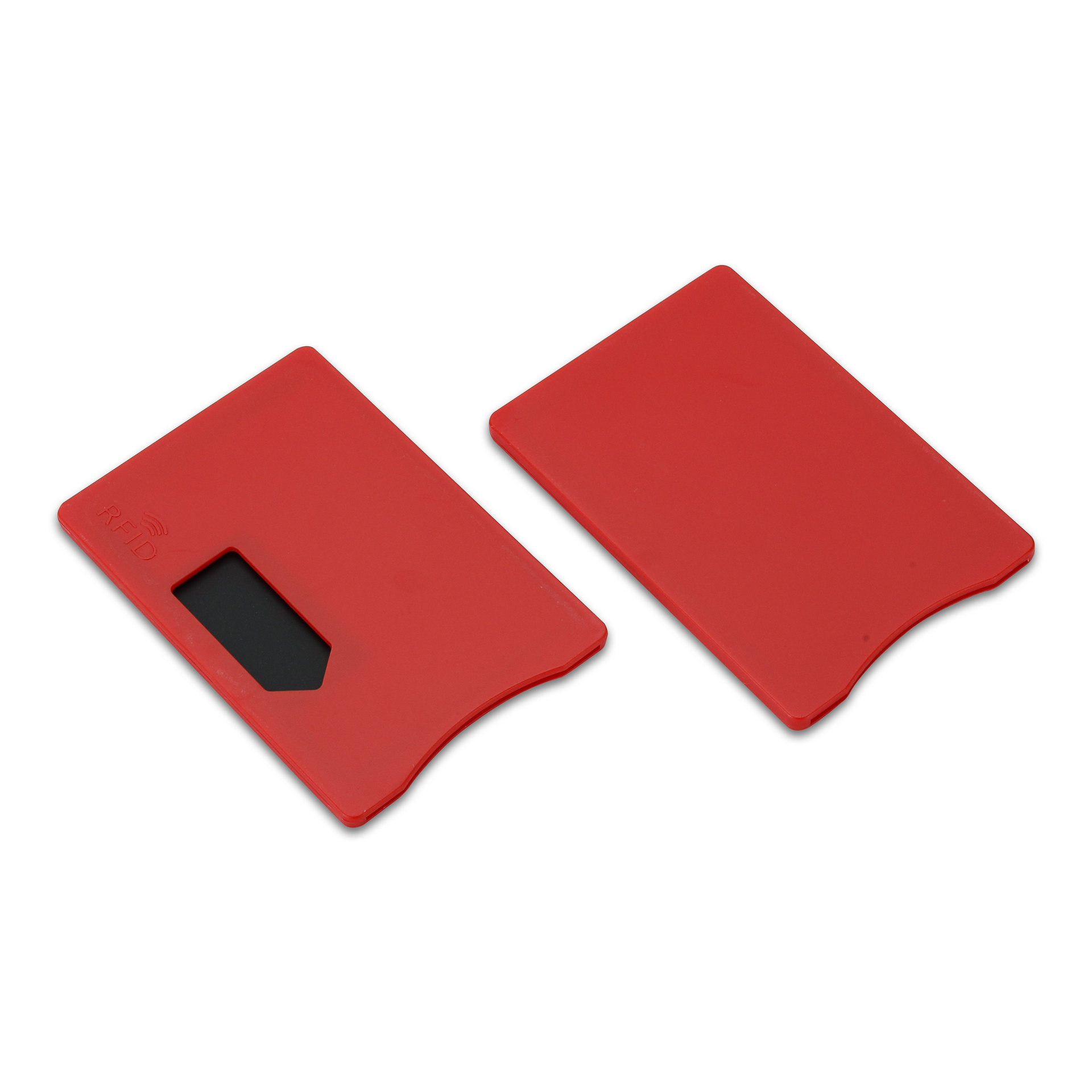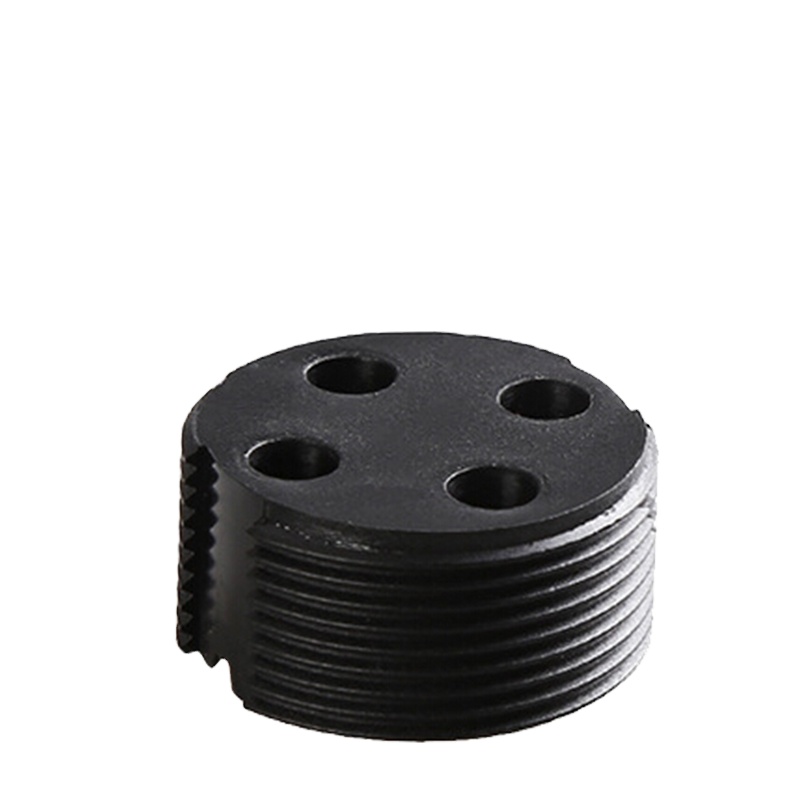
NFC と RFID の違いは何ですか?
目次
NFCとRFID:主な違い、用途、選択方法(2025年ガイド)
在庫管理から非接触決済まで、これらの無線通信技術は産業分野におけるプロセスの自動化、エラー削減、セキュリティ強化に貢献している。.
このガイドでは、RFIDとNFCの違い、その仕組み、応用例、そして2025年にどちらがあなたのニーズに最適かを解説します。.
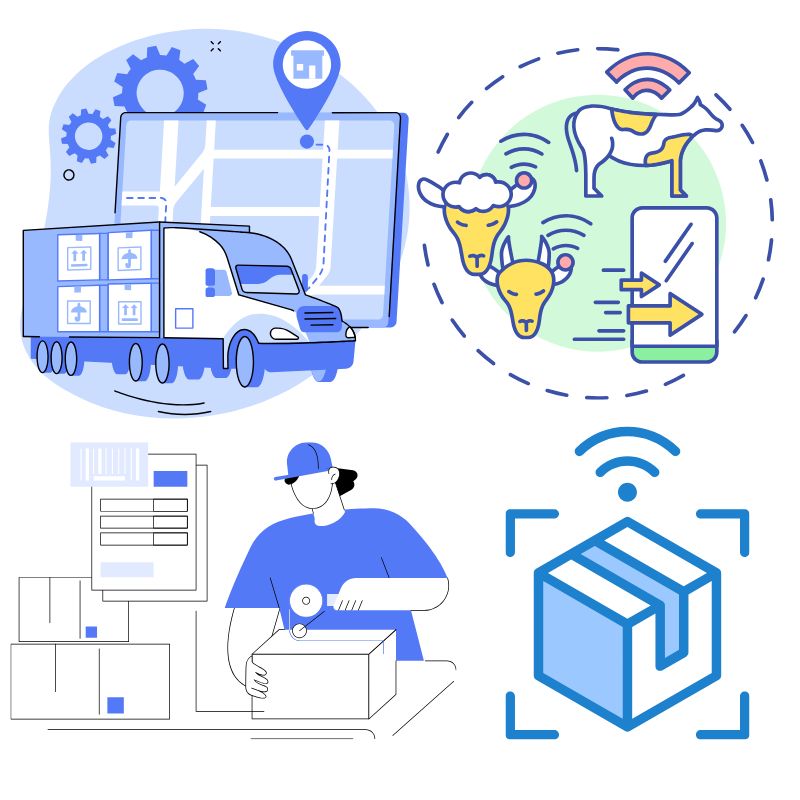
RFIDとNFCとは何か?
RFID(無線自動識別)
RFIDは電波を用いて、RFIDタグとRFIDリーダーを通じて対象物を自動的に識別・追跡します。物流、小売、製造、医療などの業界で広く活用され、資産の追跡やサプライチェーン業務の効率化に役立てられています。.
- 周波数帯域:低周波(LF)、高周波(HF)、および超高周波(UHF)
- 読み取り範囲:最大100メートル(アクティブタグ)
- タグ: パッシブ(電池不要)またはアクティブ(電池式)
- ユースケース:在庫管理、資産追跡、アクセス制御
NFC(近距離無線通信)
NFCはRFIDの特殊なサブセットであり、13.56MHz(高周波)で動作します。一般的なRFIDとは異なり、NFCは極めて近距離(通常4cm未満)でのデバイス間双方向通信を可能にします。モバイル決済やデジタル名刺など、安全かつ高速なデータ交換に広く利用されています。.
- 周波数帯域:高周波(13.56 MHz)
- 範囲:数センチメートル以内
- 双方向性:双方向のコミュニケーションをサポートします
- ユースケース:非接触決済、スマートフォンとのペアリング、公共交通機関
NFCとRFID:違いは何か?
RFIDとNFCの違いは、通信距離、双方向性、電力、および用途にあります。以下に簡単な比較表を示します:
| 特徴 | RFID | 非対称 |
|---|---|---|
| 周波数帯域 | LF、HF、UHF | HF(13.56MHz) |
| 読み取り範囲 | 最大100メートル | 数センチ以内 |
| コミュニケーション | 一方通行(ほとんど) | 双方向 |
| 電源 | 受動的または能動的 | 典型的には受動的 |
| アプリケーション | 在庫管理、サプライチェーン、アクセス制御 | モバイル決済、データ共有 |
| インタラクティブ性 | 低い | 高(ユーザーとデバイスの相互作用) |
- “「RFIDは大規模な資産追跡に最適であり、一方NFCはモバイル決済のような安全な短距離通信を目的として設計されている。」”
RFIDテクノロジーの仕組み
RFIDシステムは3つの主要コンポーネントに依存している:
- RFIDタグ:商品の情報を保存(読み取り専用または読み書き可能)。.
- RFIDリーダー:信号を発信し、パッシブタグに電力を供給してデータを取得する。.
- ソフトウェアシステム:収集したデータを解釈し管理する。.
RFIDタグの種類
- パッシブRFIDタグ:内蔵電池なし、RFIDリーダーの信号で動作。.
- アクティブ型RFIDタグ:長距離通信と頻繁なデータ更新を実現するため、独自の電源を備えています。.
RFIDおよびNFCリーダーは、用途に応じてハンドヘルド型と固定型の両方が利用可能です。.
NFCの仕組み
NFC技術は、2台のNFC対応デバイス間、またはデバイスとNFCタグ間の近距離通信を可能にします。.
NFCの利点:
- タップするだけの簡単操作:ペアリングやスキャンは不要です。.
- 高セキュリティ:非接触型金融取引に最適です。.
- 双方向通信:ほとんどのRFIDシステムとは異なり、データは双方向に流れる。.
NFCおよびRFIDリーダーデバイスは、高速で信頼性が高く安全な相互作用を実現するため、スマートフォン、POS端末、交通機関の改札機にますます統合されつつある。.
RFIDの応用
RFIDとNFCはどちらも多様なアプリケーションを支えますが、RFIDの長距離通信と柔軟性により、以下の用途に最適です:
在庫管理
- リアルタイム更新
- 倉庫間での自動追跡
資産追跡
- 医療機器、器具、または車両を監視する
- 物流と医療の効率を向上させる
アクセス制御
- RFIDキーカード、フォブ、またはバッジを使用する
- 建物や区域へのアクセスを管理する
NFCの応用
NFCの安全かつ短距離通信機能は、個人向けおよび公共向けアプリケーションで真価を発揮します:
モバイル決済
- Apple Pay、Google Pay、Samsung Pay。.
- 数秒で安全な取引を実現。.
スマートデバイスとマーケティング
- タップしてアプリを起動するか、連絡先情報を共有します。.
- 製品情報やチェックイン用のスマートタグ。.
交通システム
- 非接触型交通カード.
- 地下鉄とバスネットワークでのスムーズな乗車。.
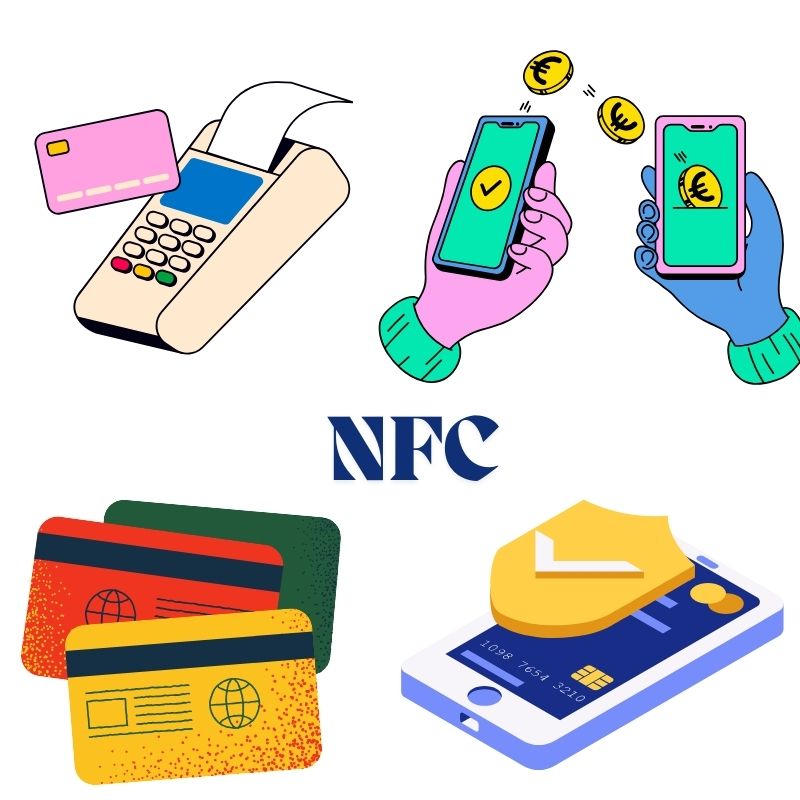
NFCとRFID:どちらを選ぶべきか?
| 使用事例 | 最高のテクノロジー |
|---|---|
| 長距離追跡 | RFID |
| 在庫またはサプライチェーン業務 | RFID |
| 安全な個人間取引 | 非対称 |
| モバイル決済とID | 非対称 |
| IoTスマートオートメーション | 両方 |
数千もの資産を管理する場合、RFIDが最適です。スマートフォンをかざすような個別の安全なやり取りには、NFCが明確な選択肢となります。.
IoT(モノのインターネット)におけるNFCとRFID
RFIDとNFCはIoTエコシステムの基盤であり、物理的な物体がデジタルシステムと「対話」することを可能にする。.
- IoTにおけるRFIDサプライチェーン全体および製造現場における商品の監視を行う。.
- IoTにおけるNFC: スマートフォンを介した安全なデバイスペアリング、スマートホームへのアクセス、およびリアルタイム制御を可能にします。.
“NFCとRFIDタグの組み合わせは、物理資産をクラウドに接続することでIoTを変革している。”
NFCおよびRFID性能における周波数の役割
周波数を理解することは、適切なシステムを選択するのに役立ちます:
- LF(125–134 kHz) – 短距離、アクセス制御に使用される
- HF(13.56MHz) – RFIDとNFCの両方で使用される
- UHF (860-960 MHz) – 長距離、サプライチェーンに最適
各周波数は異なる範囲と読み取り速度をサポートするため、RFIDおよびNFCリーダーの選択はシステム性能にとって重要である。.
NFCとRFIDに関するよくある質問
RFID と NFC の主な違いは何ですか?
NFCはRFIDの一種である。RFIDが長距離通信と一方向通信をサポートするのに対し、NFCは双方向の短距離通信を目的として設計されている。.
NFCタグとRFIDタグは互換性がありますか?
必ずしもそうとは限りません。NFCはHF帯のみで動作しますが、RFIDはLF、HF、またはUHF帯を使用できます。NFCタグはNFCリーダーでのみ動作し、すべてのRFIDリーダーで動作するわけではありません。.
RFID タグは安全ですか?
暗号化されていないパッシブRFIDタグは脆弱である可能性がある。NFCは、特に金融取引において、より多くの組み込みセキュリティを提供する。.
NFCおよびRFIDリーダーとは何ですか?
これはRFIDまたはNFCタグを読み取るための装置です。多くの現代のスマートフォンは非接触操作のためのNFCリーダーとして機能します。.
NFC対応の決済はどのように機能しますか?
デバイスはNFCを使用して、暗号化された決済情報を互換性のある端末にワイヤレスで送信します。物理的な接触は不要です。.
RFIDの恩恵を最も受ける産業はどれですか?
小売、医療、物流、製造、倉庫業では、自動化と可視化のためにRFIDを活用している。.
最終的な感想
RFIDとNFCの双方が大きな価値を提供します——パレットの追跡であれ、スマートフォンでの決済であれ。選択は業務上のニーズに合わせるべきです:
- 広範囲かつ自動化された追跡には、RFIDを選択してください。.
- 安全な短距離通信には、NFCをお選びください。.
RFIDおよびNFCタグがIoTと共に進化する中、今こそそれらを業務フローに統合する絶好の機会です。.
ビジネスに最適なNFCまたはRFIDシステムの選択でお困りですか?
お問い合わせ 本日ご利用いただくか、当社のNFCおよびRFIDリーダーとタグの全ラインナップをご覧ください。.

レイ・ジョウ
この記事は、RFID技術の専門家であり、10年以上の業界経験を持つRay Zhouが執筆した。
コメント
人気商品
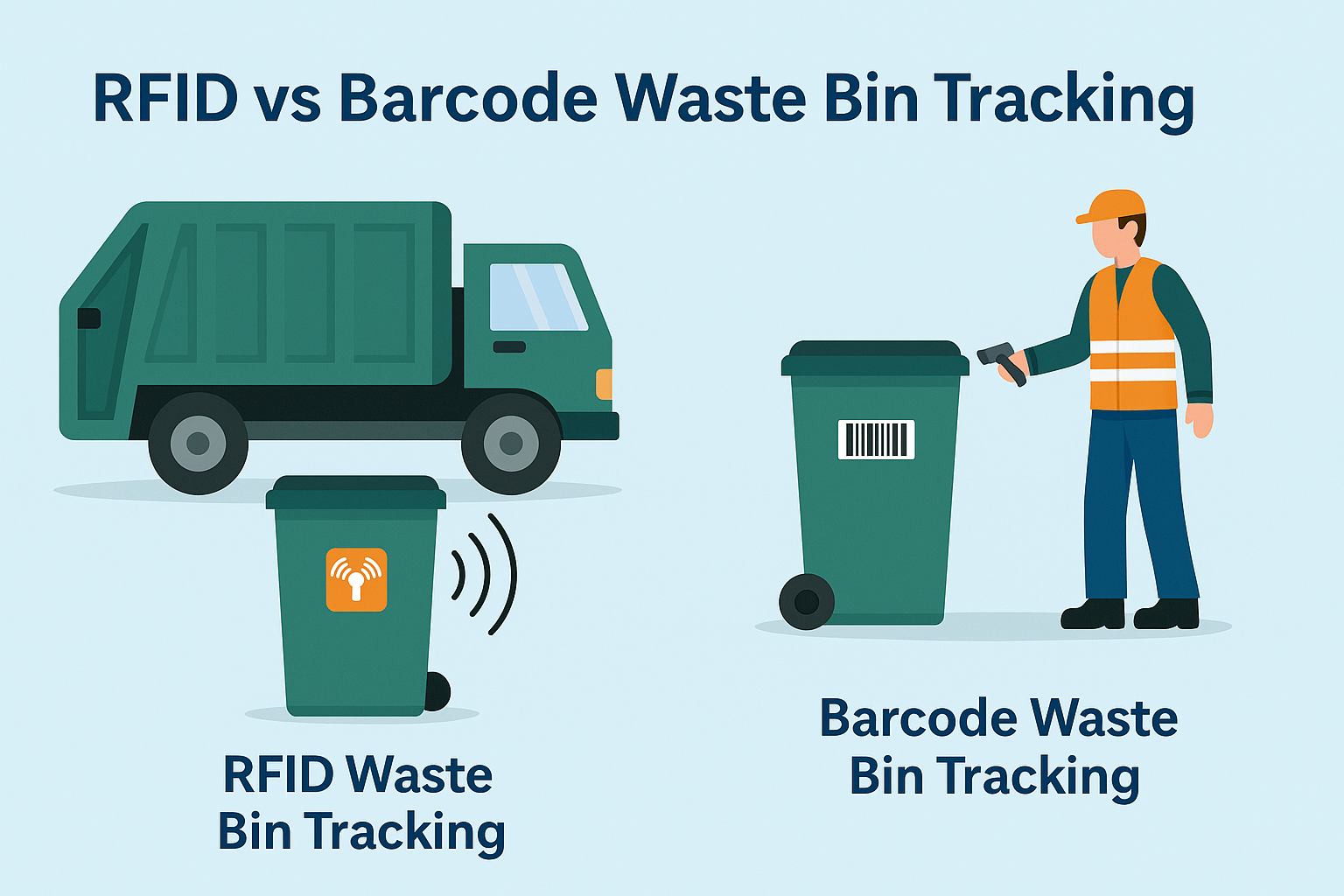
RFID廃棄物管理とは何か
想像してみてください。街中のゴミ箱がすべて「話す」街を――文字通りではなく――小さなチップを通じて、満杯になった時、空になった時、そしてどこへ運ばれたかをシステムに伝えるのです。それが今日のRFID廃棄物管理の仕組みです。.
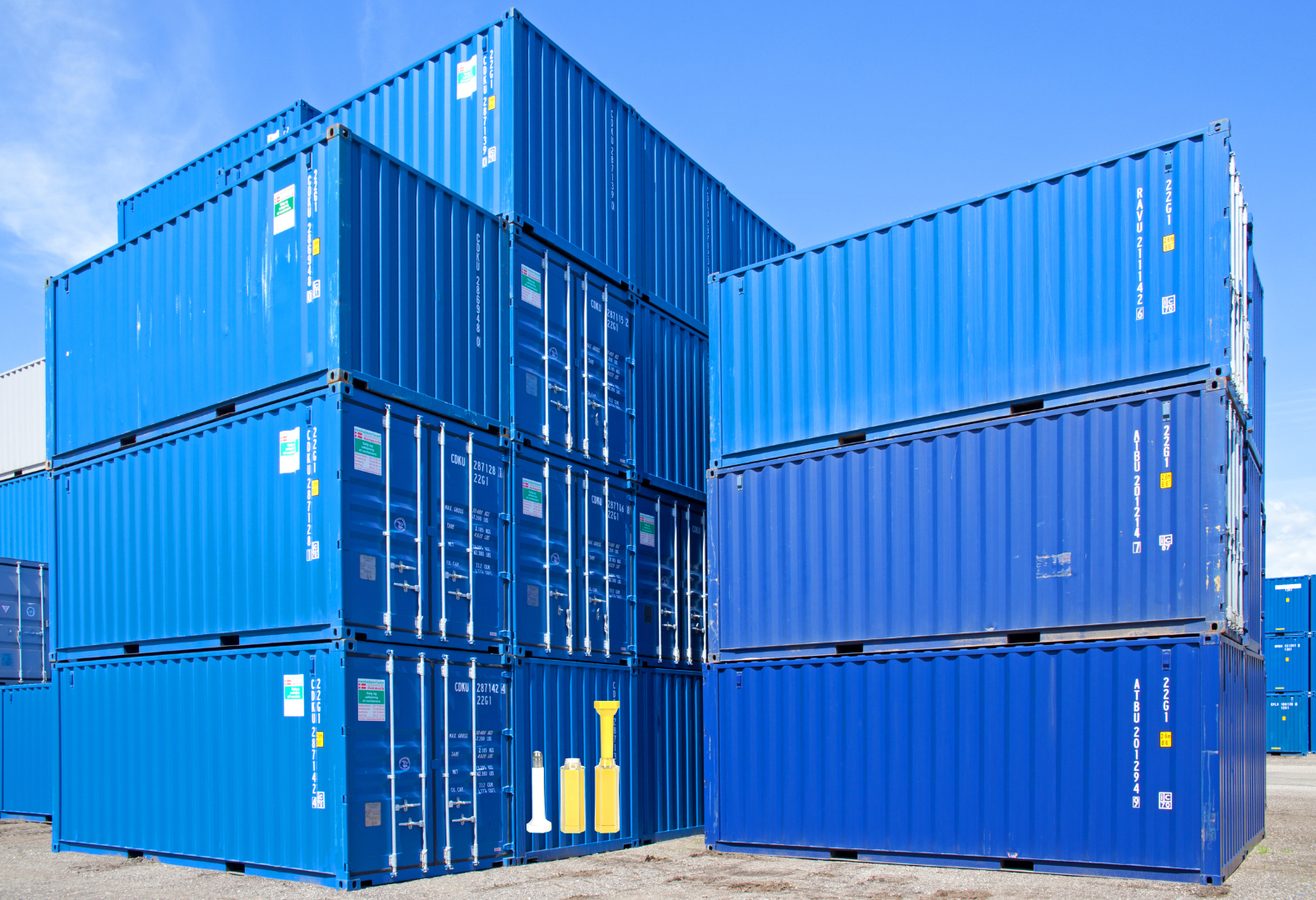
ボルトシールとその用途とは?| 完全ガイド
世界的な貿易と物流において、ボルトシールは貨物のセキュリティとコンプライアンスを確保する上で重要な役割を果たしています。これらの小型で強力なデバイスは、タンパーエビデント機構で輸送コンテナ、トレーラー、貨物ドアをロックするように設計されています。
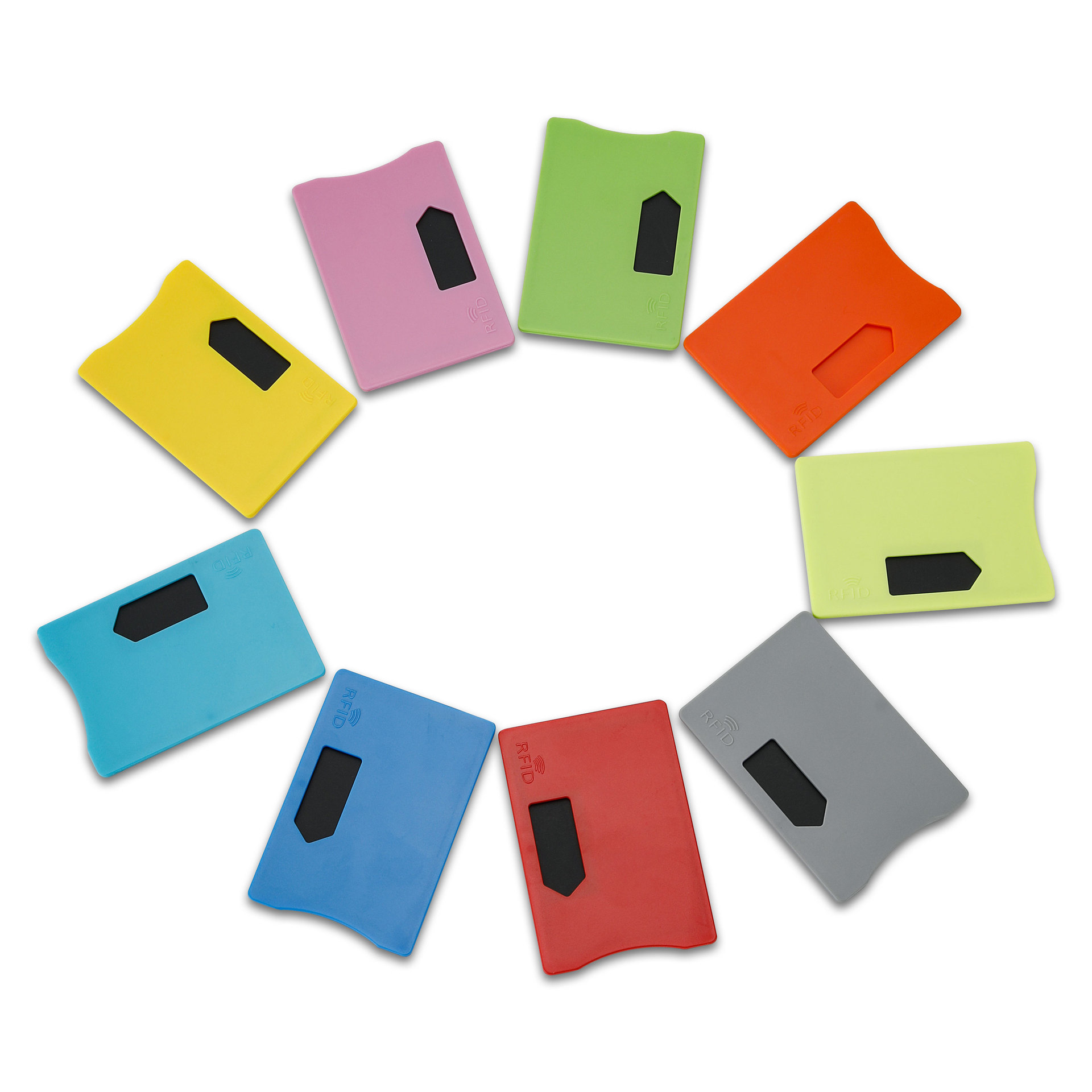
RFIDカードプロテクターとは?メリット、使用例、購入ガイド
RFID(Radio Frequency Identification)テクノロジーは、クレジットカード、IDバッジ、定期券、ホテルのルームキーなど、あらゆるところに浸透している。RFIDはスピードと利便性を提供する一方で、「スキミング」と呼ばれる新たなデジタル窃盗への扉も開いている。そこでRFIDカードプロテクターの出番です。

イベント用RFIDリストバンド:主催者向け一括購入ガイド
イベント用RFIDリストバンドは、コンサート、フェスティバル、スポーツ会場などで、迅速な入場、不正防止、キャッシュレス決済を必要とする主催者にとって、最適なソリューションになりつつあります。紙のチケットやQRコードとは異なり、これらのスマートリストバンドは埋め込みチップを使用し、アクセスを合理化し、取引を安全にし、ゲストの体験を向上させます。
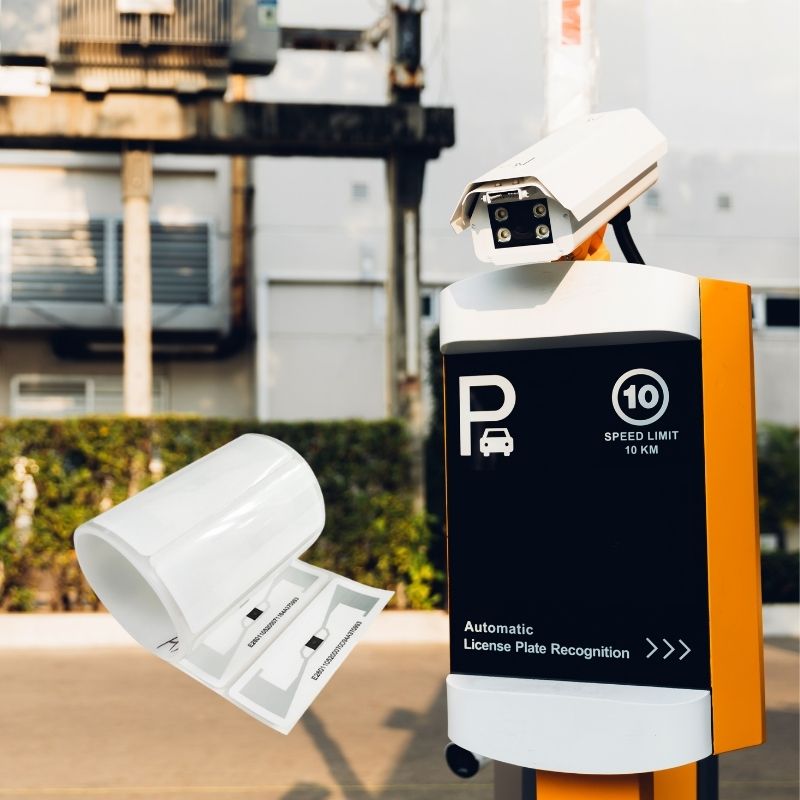
フロントガラス上のRFIDタグが車両入退場管理と料金システムを改善する方法
ペースの速い今日の世界では、車両識別は迅速、安全、非接触である必要があります。フロントガラス上のRFIDタグは、まさにそれを提供します-車両を止めることなく、料金徴収、駐車、ゲートアクセスを管理する信頼性の高い方法です。
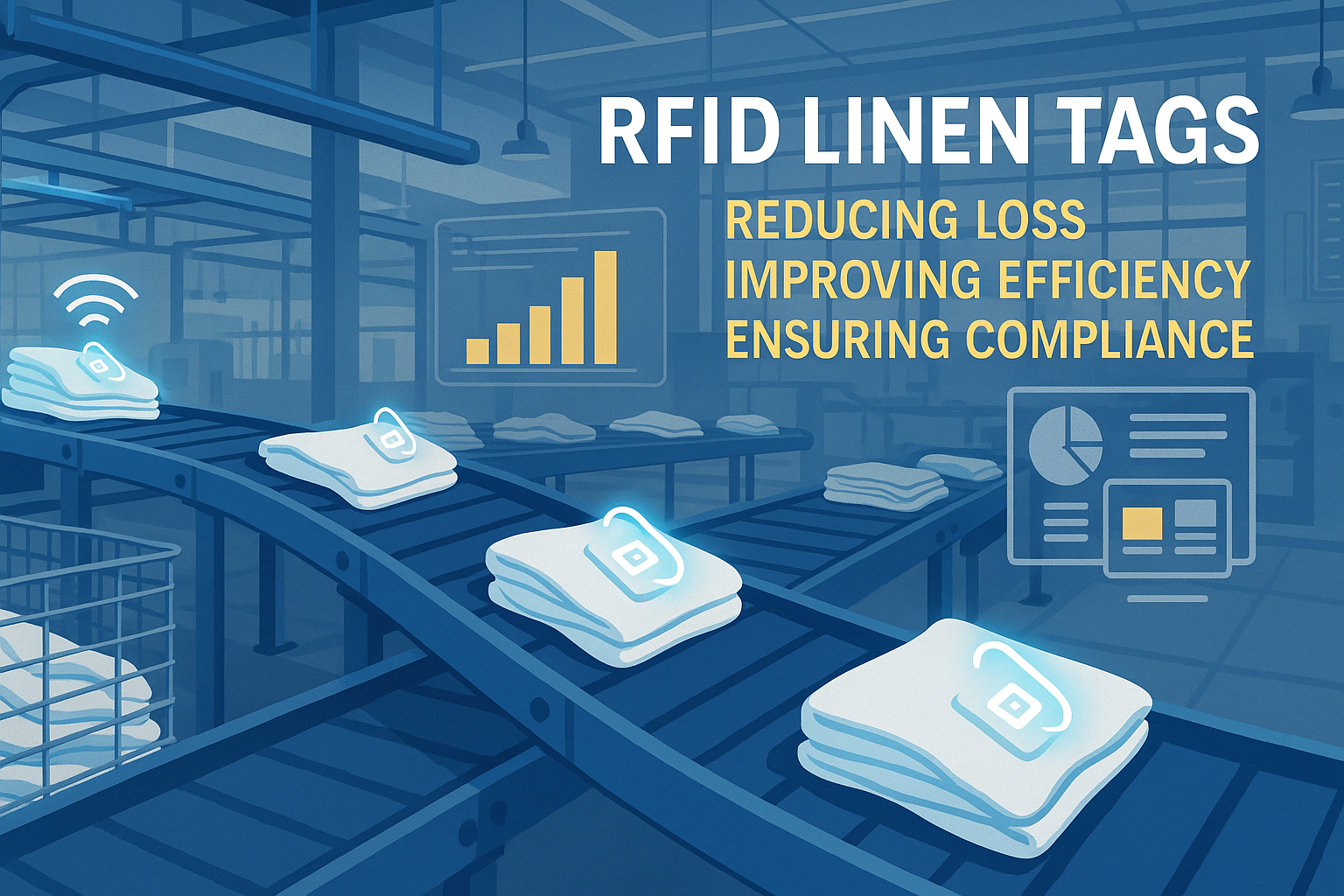
業務用ランドリーにおけるRFIDリネンタグの利点
病院やホテル、大規模なランドリーサービスでのランドリー管理は大仕事だ。毎日、何千枚ものシーツ、タオル、ユニフォームが洗濯され、仕分けされ、送り返されます。しかし、リネンの紛失、仕分けのミス、手作業による計数などの問題は、企業に多大な損失をもたらします。例えば、中規模のホテルでは、リネンの紛失によって毎年$200,000以上の損失が発生します。
そこでRFIDリネンタグの出番だ。
タグ
関連ブログ

RFID廃棄物管理とは何か
想像してみてください。街中のゴミ箱がすべて「話す」街を――文字通りではなく――小さなチップを通じて、満杯になった時、空になった時、そしてどこへ運ばれたかをシステムに伝えるのです。それが今日のRFID廃棄物管理の仕組みです。.

ボルトシールとその用途とは?| 完全ガイド
世界的な貿易と物流において、ボルトシールは貨物のセキュリティとコンプライアンスを確保する上で重要な役割を果たしています。これらの小型で強力なデバイスは、タンパーエビデント機構で輸送コンテナ、トレーラー、貨物ドアをロックするように設計されています。

RFIDカードプロテクターとは?メリット、使用例、購入ガイド
RFID(Radio Frequency Identification)テクノロジーは、クレジットカード、IDバッジ、定期券、ホテルのルームキーなど、あらゆるところに浸透している。RFIDはスピードと利便性を提供する一方で、「スキミング」と呼ばれる新たなデジタル窃盗への扉も開いている。そこでRFIDカードプロテクターの出番です。

